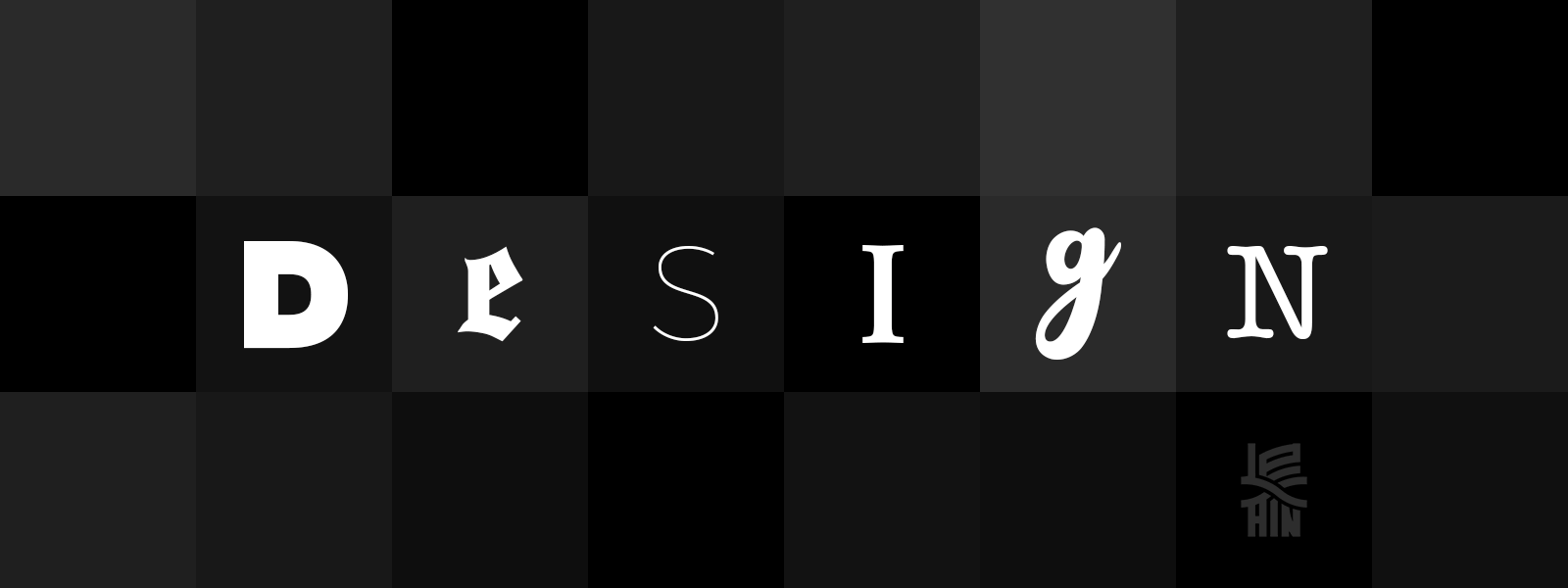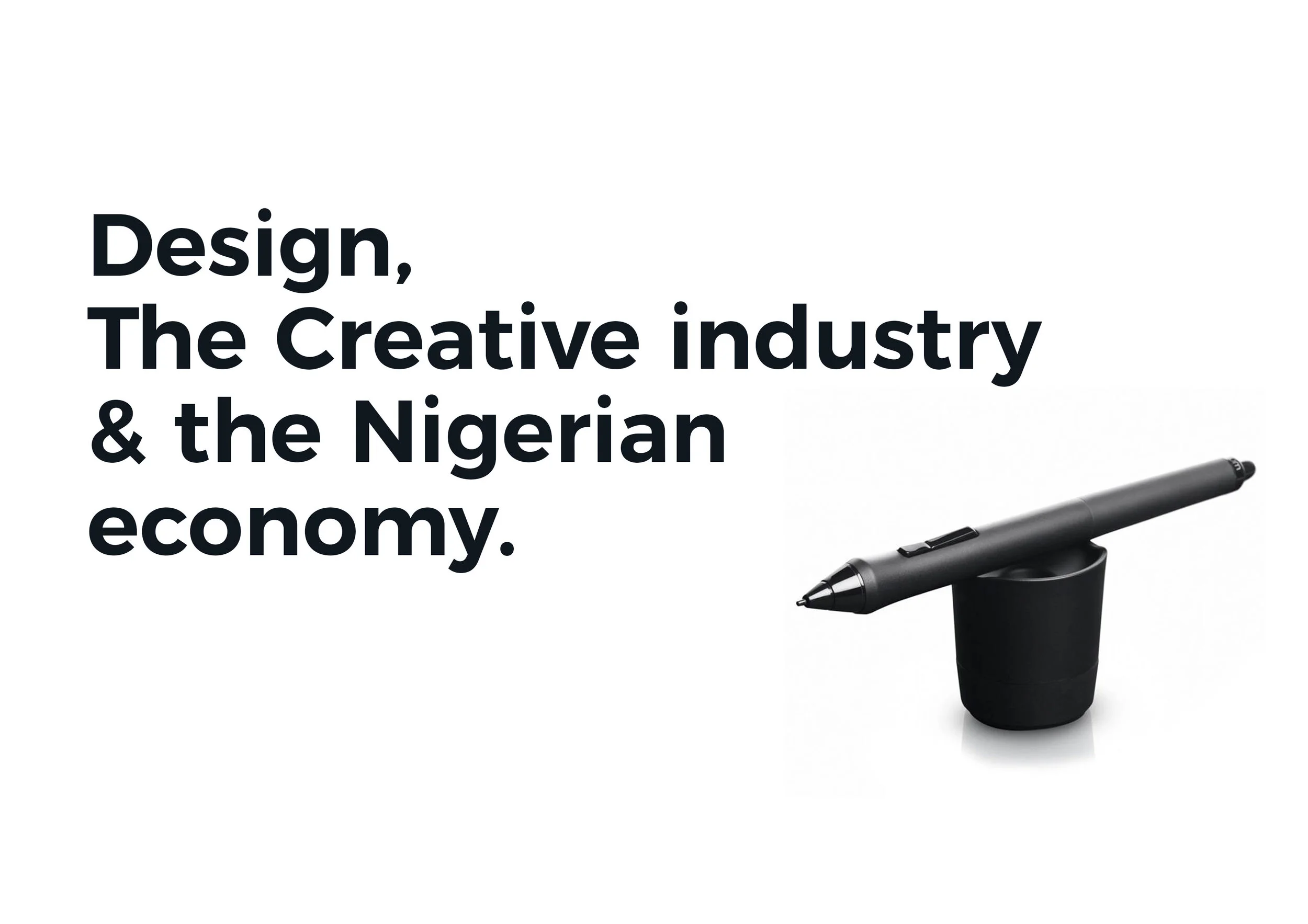We are at a very delicate phase in our history and it is obvious that many years of poor design application, planning, execution, and implementation of ideas that our leaders had in the past led us here. Most audacious attempts at innovation in recent times that would have landed us in a good position (2021 was once a future we saw) consistently met with brick walls cemented by deadly policies that were motivated by fear of the unknown or fear of missing out. The former because the custodians of our society have no clue if they are going to survive a world enabled by technology and they still want to selfishly enjoy its by-products and the latter because they obviously don’t want to miss out so they either ask for ridiculous stakes or outrageous (once in a lifetime) fees in what they contributed nothing to. The truth is, we all abused the greatest gift mankind had been given which is time and we wasted 60 years of it building a society with leadership that lacks a simple vision that could set a great people apart, the cohesion of ideas to fulfil that vision (each regime had theirs based on the size of their greed) and a uniform messaging across the tiers of government including the MDAs. Now, all we witness are separatists playing by the “Divide and Rule” playbook (one of the greatest pitfalls of a broken society).
In my own candid opinion and I really don’t care whose ox is gored or whose ego is scarred. The generations before us sold us out and they messed our future up big time but we can’t continue to dwell in self-pity or generational blame game narratives. I am not okay with this situation (only an insane person would) and the sad part is it is repeating itself.
We are not doing enough to build that future or society we so desire.
We are not thorough enough in our thinking processes.
We are not deliberate enough in how we want to live.
We are not hungry enough for the type of leadership we need.
Most people as old as our independence have little or nothing to offer us (aside from wisdom and their blessings) but we have more to offer ourselves and generations coming after us. We have to come together, collaborate more and organize ourselves to live and survive now. We missed 3 industrial revolutions, the 4th has made it a level playing field and we must not miss it this time!
Your idea is valid, your dreams are right. Stand up and fight for it.
We are at the point where all strategic planning and all manner of intelligence would fail and continue to fail because too much innocent blood has been spilled and they inherently cry for justice. May God forgive us all for our sins.
In conclusion, only True Love, Genuine Care, and Emotional Intelligence would save us because we are humans after all and that is where human-centered design starts from.
Let us all just be humans again!
I am Lexain.








